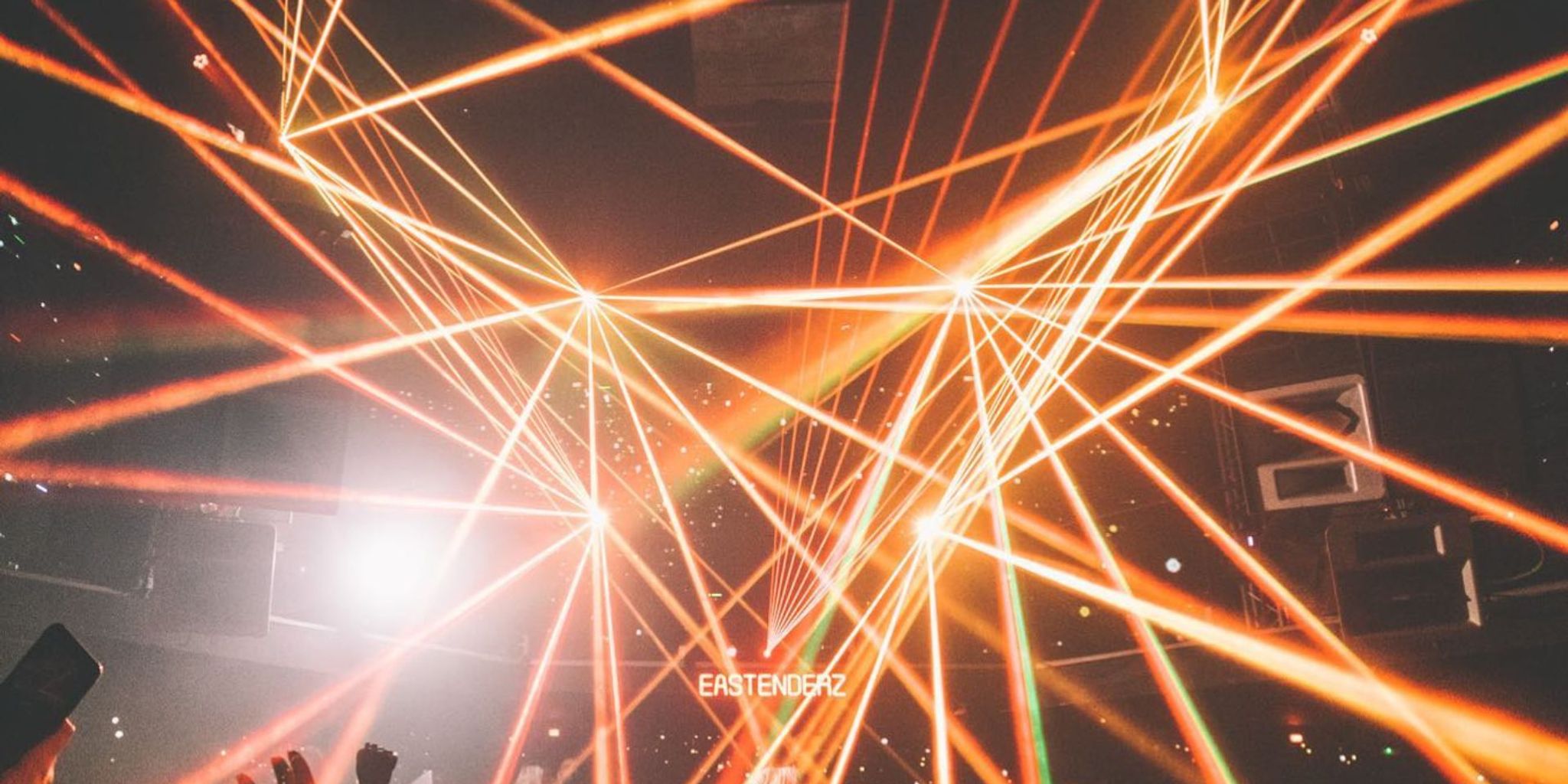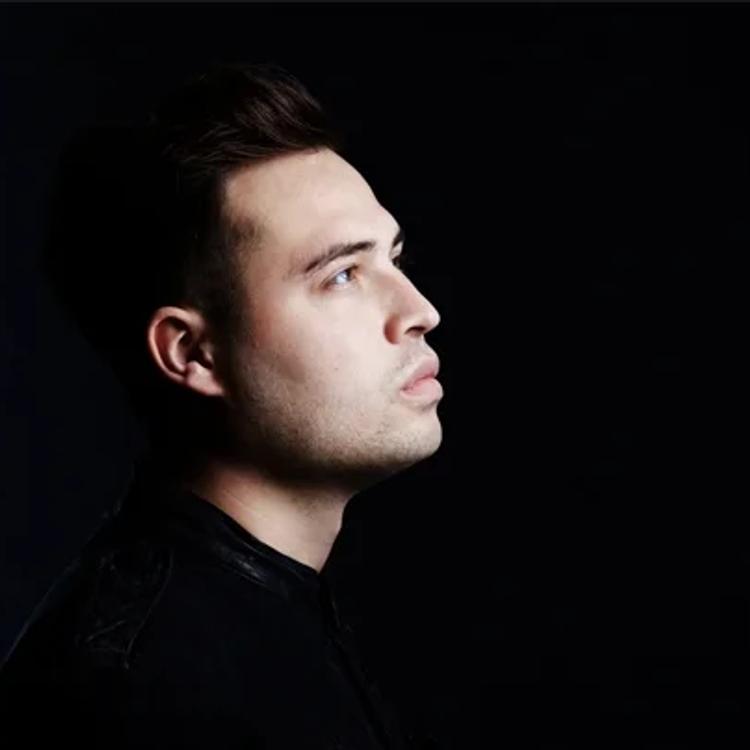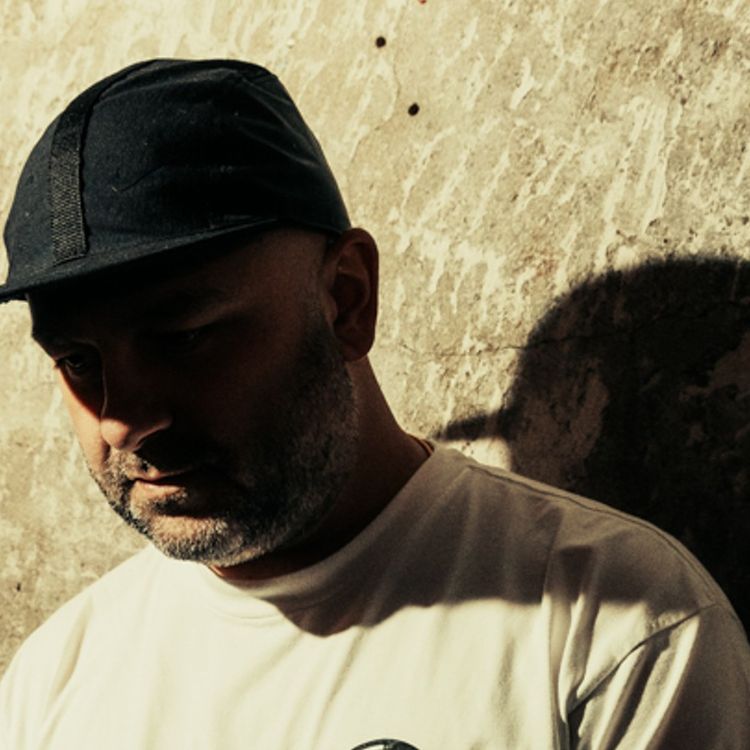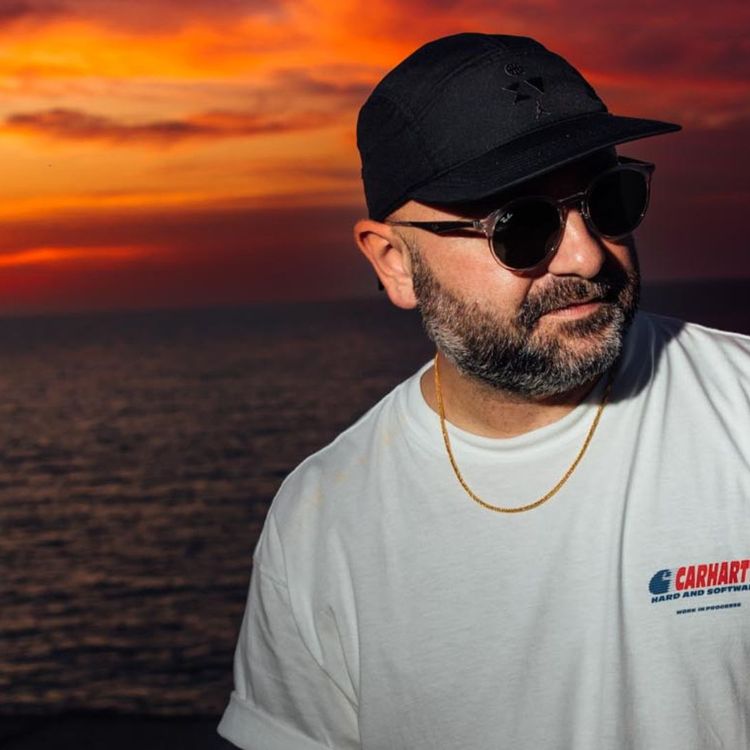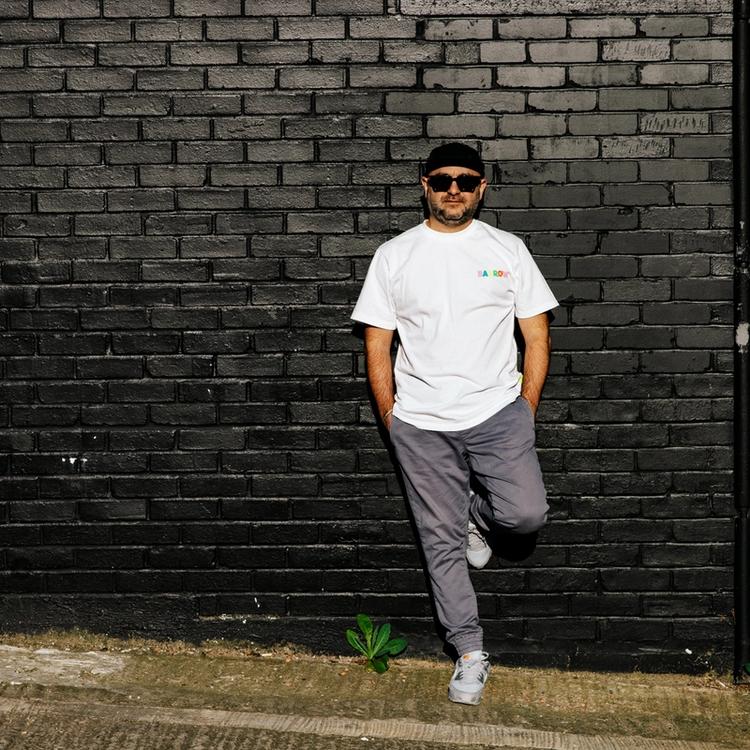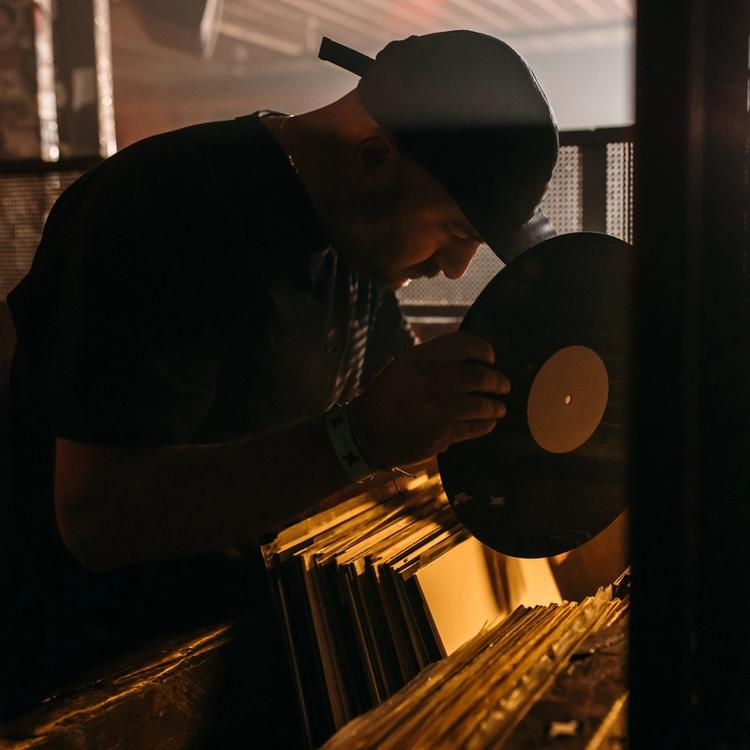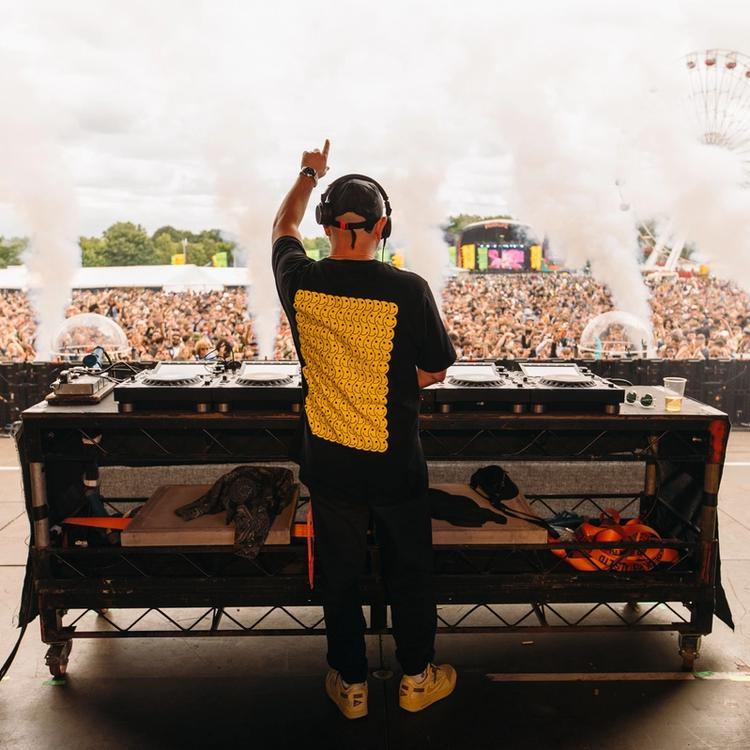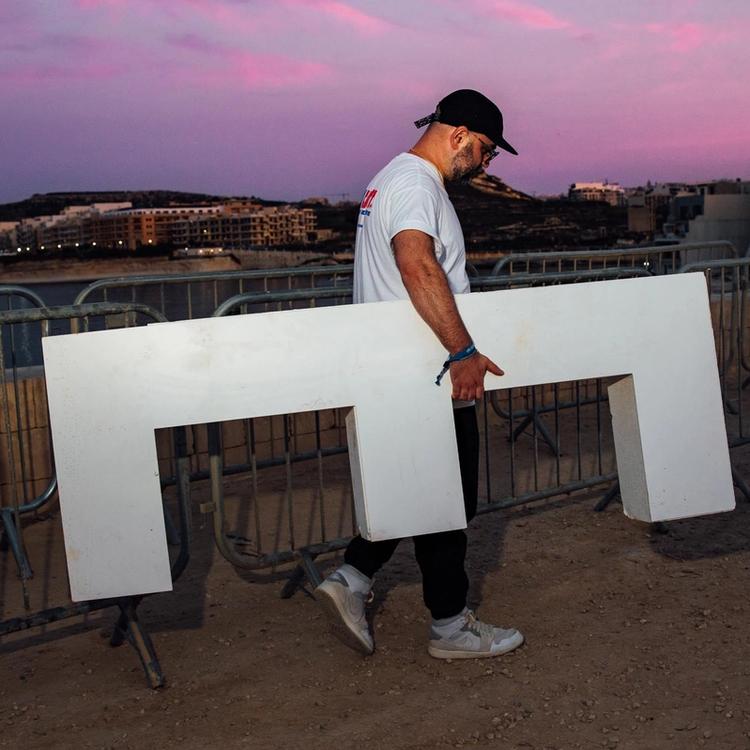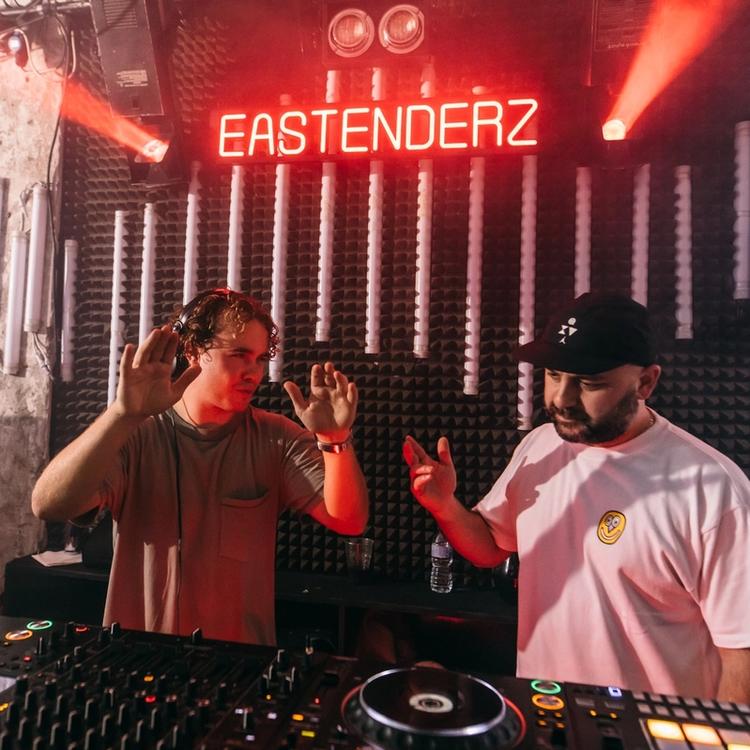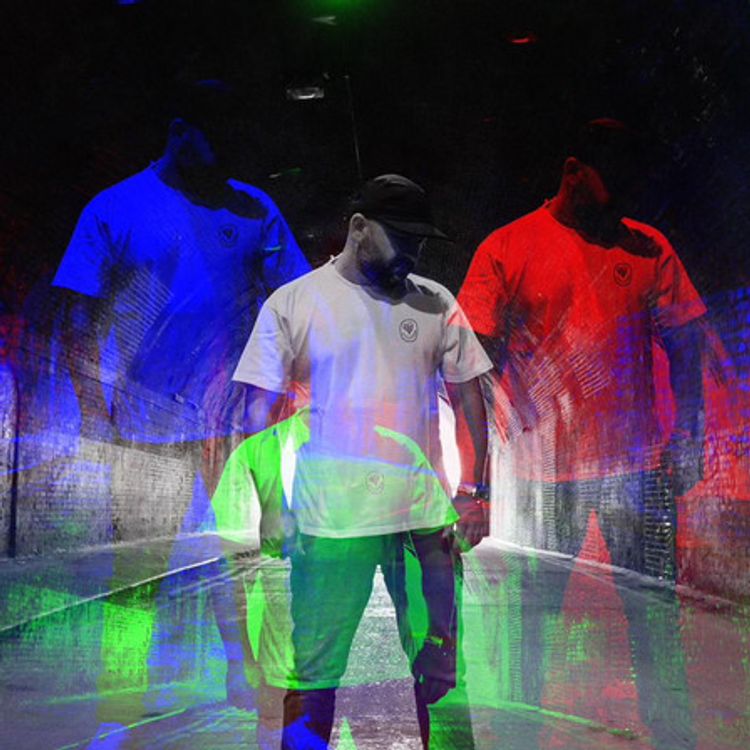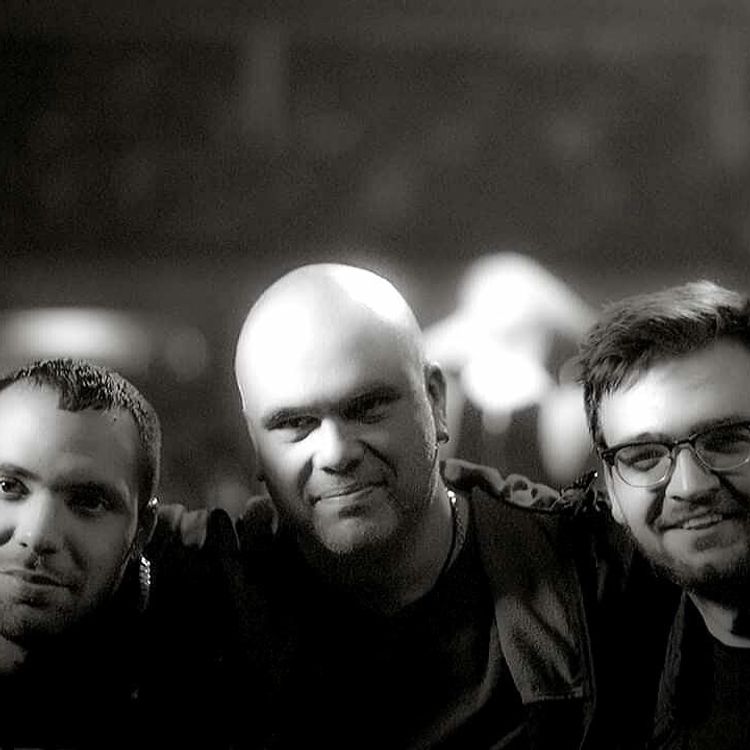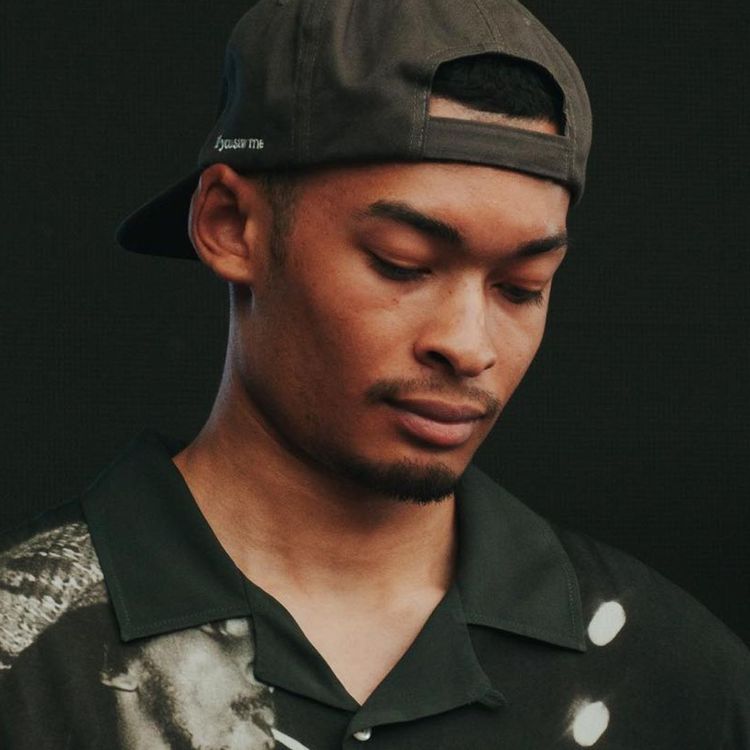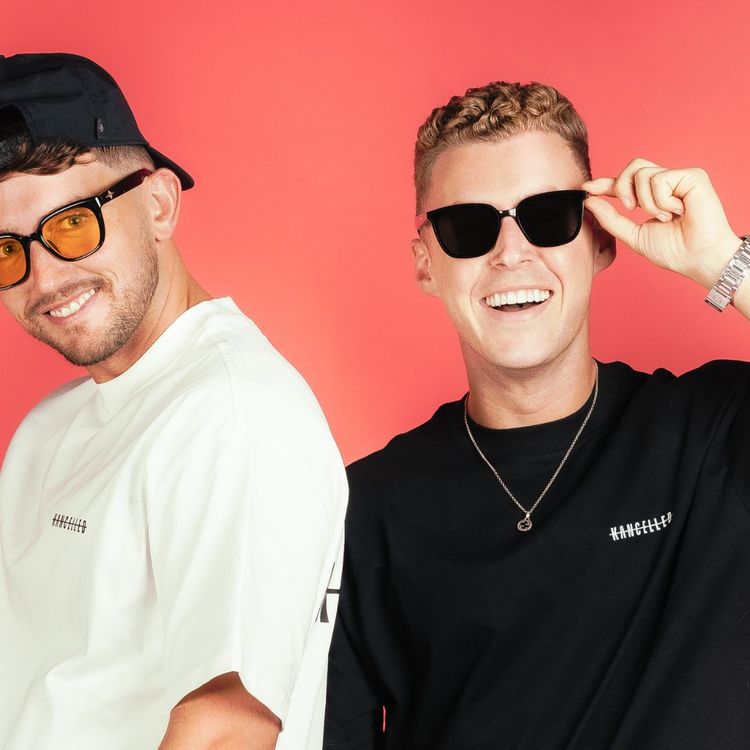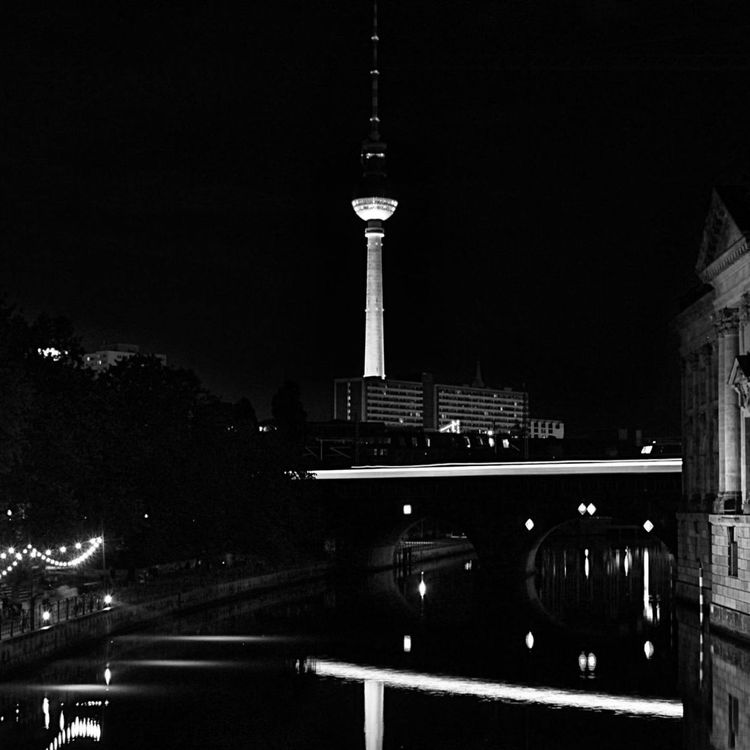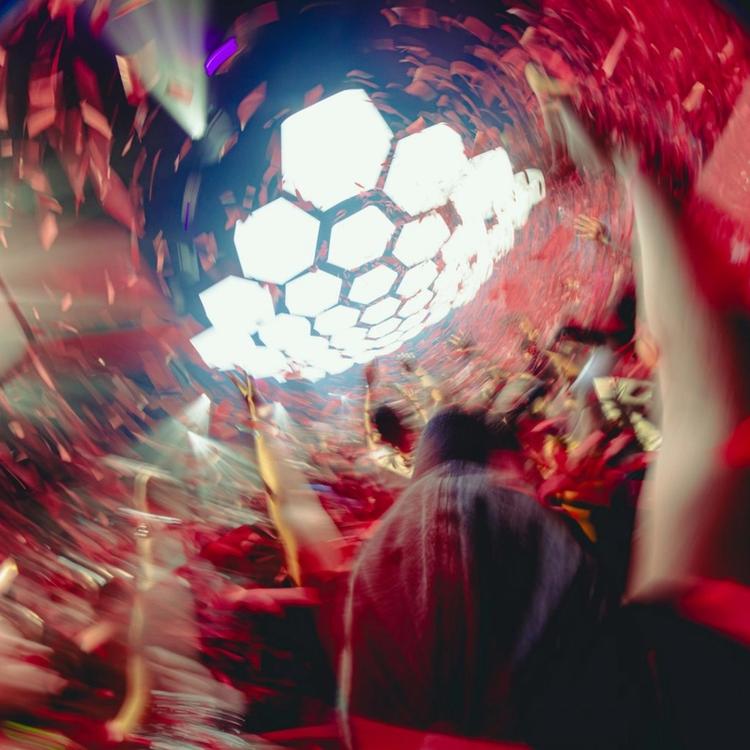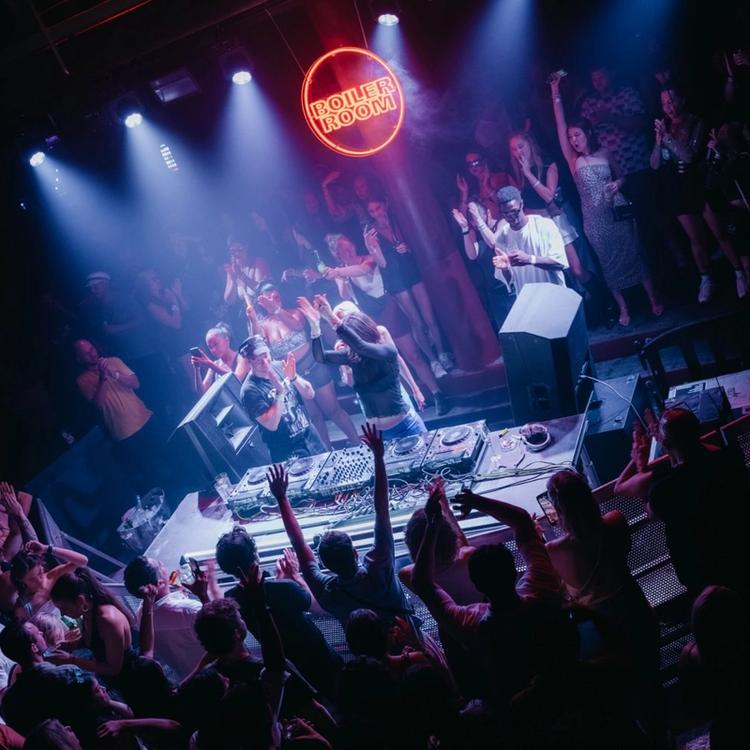Let's Talk About Deep Tech
Oh, genre labels. Love them or hate them, some heads live and die by discerning the subtle differences assigned to descriptors. Whether it be to break it down on Beatport charts, cultivate a Spotify playlist, decipher which festival stages have certain vibes, or even to be the ultimate electronic music nerd to win friends and influence people. It can be entertaining to dig a bit deeper. And when we say “deeper,” we’re not just talking about a blanket term referring to non-commercial EDM, but the nuances of more cerebral sounds. That being said, let’s talk about deep tech.
Is it techno? Is it deep house? Tech house? Deep techno? A combo abbreviation of deep-and-tech house? Underground, “urban,” or “shuffle house?” An amalgamation of all those sounds—or its own thing entirely? Though the name “deep tech” is obnoxiously vague, for this article, we’re referring to the house music offshoot that sprung up in the late 2000s, i.e., deep tech (house).

PIV Label Night in Amsterdam
Kirsten van Santen
Where Chicago, IL is the undisputed birthplace of house music, the subgenre of deep tech is decidedly UK in its roots. Rising to prominence around the same time the younger audiences reimagined the Running Man and shape-cutting as shuffling, the underground nature of deep tech’s emergence mirrors the path of its more mature sonic sibling. Like house music before its roots were white-washed, deep tech was also birthed on club nights attended by predominately Black audiences. Stemming partly from the UK funky scene, deep tech provides a more warm-and-fuzzy feeling compared to another UK staple in the form of grime tunes.
However, the vagueness of the moniker expectedly leads to debates amongst fans and DJs alike. Some prefer to stick to calling the subtle offshoots “house.” At the same time, heads often dissect the subtle nuances of BPMs, incorporating melodic elements and even the feel of the bass when hugging the subwoofers. With a low-end that permeates one’s soul, deep tech provides those darker—but still danceable—beats. Whereas those with a discerning ear often thrive on delicate differences between the vast expanse of possible descriptors for the multitude of music that falls under the electronic umbrella, most electronic dance music fans can still enjoy deep tech as it avoids being too heady.
For those in search of the details of deep tech, one is immersed in four-on-the-floor basslines with a melodic groove that regularly samples classic R&B vocals. Weighing in at 120 to 124 BPM, deep tech is in that sweet spot to get people swaying even if they have two left feet. Deep tech carries on the UK rave roots of incorporating soaring diva songstresses, hip-hop rhymes, ragga, jungle, and garage with a decidedly sexier edge that sonically delights the physical aspects of attendees as well.
Who are the standouts in the subgenre? Much like when attempting to describe deep tech, pigeonholing an artist as solely deep tech doesn’t do the music justice. Even when perusing Beatport for deep tech tracks, the music retailer lumps “Minimal/Deep Tech” together as a category, likely much to the dismay of DJs and producers.
To begin your deep tech journey, check out record labels such as Cuttin’ Headz, Eastenderz, Locus, and PIV. As far as deep tech DJs and producers, one of the scene staples we dig includes Satoshi Tomiie. The Japanese legend embraced house music early, ultimately adding deep tech to his repertoire. With a background in classical and jazz piano studies, his career launched in 1989 with a collaboration alongside Frankie Knuckles, aka the “Godfather of House.” The pioneering Tomiee is still a force in the studio and regularly releases deep tech tracks to this day.
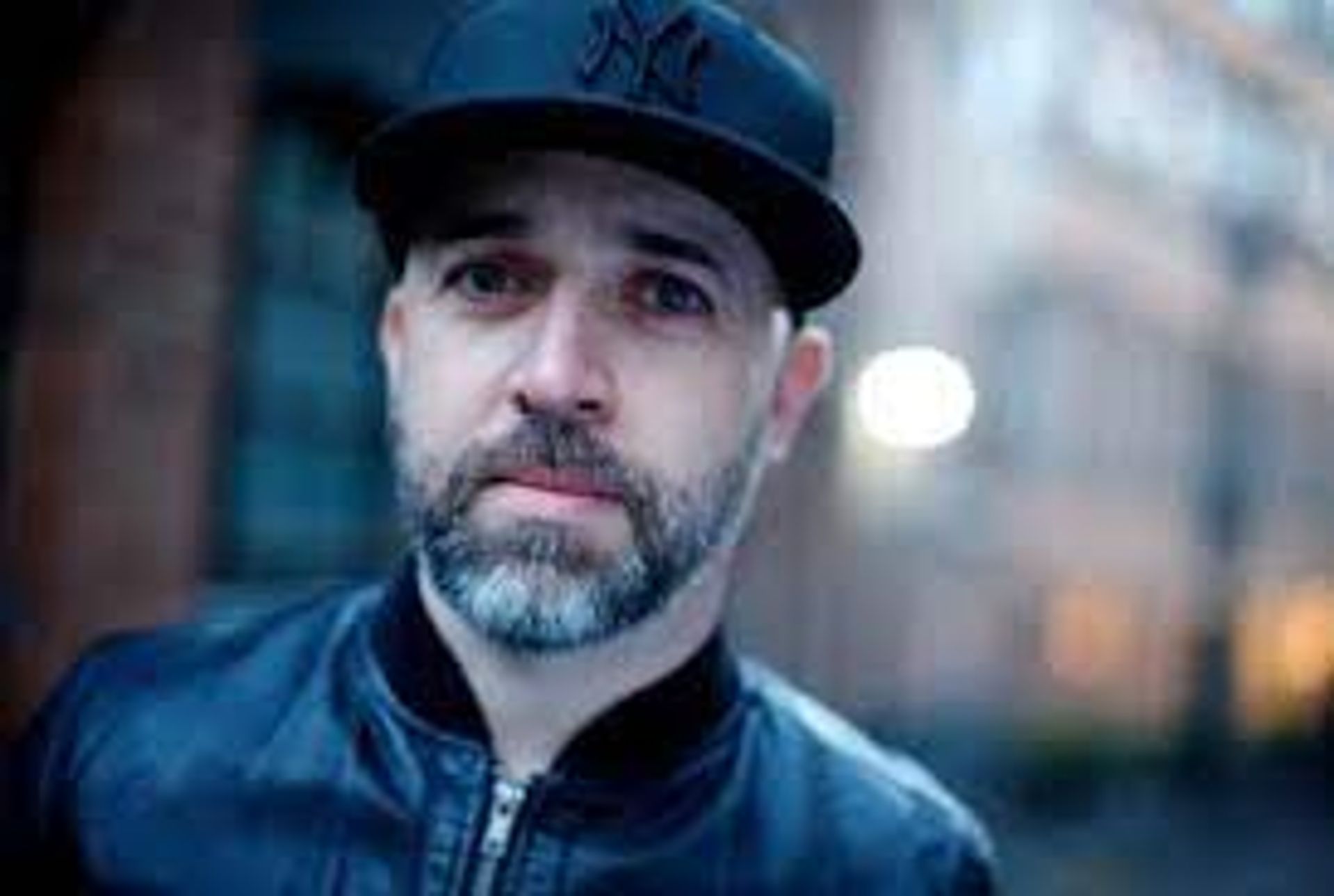
Mark Radford
Much like Chicago house has its originators, for deep tech the expanding popularity can partially be traced back to Mark Radford and his Rinse FM Saturday night show. Raving since the late 1980s, he first absorbed the UK’s jungle, acid house, garage, and drum-and-bass sounds. Christening his Audio Rehab record label in 2012, Radford fostered many new deep tech talents and has even produced a few tracks of his own.
Speaking of deep tech denizens, veteran producer Steve Bug channels earlier progressive house, deep house, and tech house effortlessly. His Poker Flat Recordings celebrated 20 years in 2019. He has also amassed numerous successful releases on labels, including Bedrock, Cocoon, Defected, Knee Deep in Sound, and Minus.
Discerning tastes will appreciate the 2021 Traxsource Deep Tech Artist of the Year, Sidney Charles. With releases on the aforementioned deep tech labels (plus his own Heavy House Society imprint), Charles hails from Germany and has over a decade of chart-topping tunes, including “Cabo” on PIV, “There is No Time” via Locus, and “Grindin’” on Eastenderz.
Another fan favorite in the realm of deep tech is the mononymous Toman. The Dutch DJ/producer brings his drummer roots to his electronic beats that pay homage to UK tech house. Earning accolades as one of the highest-selling minimal/deep tech artists on Beatport, Toman is an artist to keep an eye—and ear—on when seeking fresh deep tech tracks.
As deep tech has carved out a dedicated legion of fans, remember that thinking about too many details of a subgenre can distract from the dancefloor. And at the end of the night, as a party turns into day, as long as it makes people move, isn’t that what house music is about?
